Table of content
Stir-fried chicken cubes, a beloved dish in many Asian cuisines, is a testament to the beauty of simplicity. With tender chicken, crisp vegetables, and a savory-sweet sauce, this recipe strikes the perfect balance between flavor and ease. Whether you’re a busy parent, a college student, or a home cook looking to expand your repertoire, mastering this dish will reward you with a meal that’s both satisfying and quick to prepare. In this guide, we’ll explore the secrets to achieving restaurant-quality stir-fried chicken cubes at home, using everyday ingredients and minimal effort.

The Appeal of Stir-Fried Chicken Cubes
Stir-frying is a cooking technique that originated in China and has since become a global favorite. Its popularity lies in its speed—cooking over high heat sears ingredients quickly, preserving their texture and nutrients. Chicken cubes, in particular, are ideal for stir-frying because they cook evenly and absorb flavors readily. When paired with colorful vegetables like bell peppers, carrots, and onions, this dish becomes a vibrant, nutrient-packed meal.
What makes this recipe stand out is its adaptability. You can adjust the spice level, swap vegetables based on what’s in your fridge, or even substitute the protein (though we’ll focus on chicken here). The sauce, a harmonious blend of soy sauce, oyster sauce, and a touch of sweetness, ties everything together. Best of all, the entire process takes less than 30 minutes, making it perfect for weeknight dinners or meal prep.
Ingredients: Building Blocks of Flavor
To create a stellar stir-fry, start with quality ingredients. Here’s a breakdown of what you’ll need:
For the Chicken
- 1 lb (450g) boneless, skinless chicken thighs: Thigh meat is juicier and more forgiving than breast meat, which can dry out easily. Cut it into bite-sized cubes for even cooking.
- 1 tbsp cornstarch: Acts as a tenderizer and helps the sauce cling to the chicken.
- 1 tbsp soy sauce: Adds umami and seasoning.
- 1 tsp sesame oil: For a nutty aroma.
- 1 tsp baking soda (optional): A secret weapon for ultra-tender chicken.
For the Vegetables
- 1 medium onion, diced: Provides sweetness and crunch.
- 1 bell pepper (any color), sliced: Adds color and a mild, refreshing flavor.
- 1 carrot, julienned: Introduces a subtle sweetness and texture.
- 3 garlic cloves, minced: Essential for aromatic depth.
- 1-inch ginger, grated: Brings a warm, peppery kick.
- 1 cup broccoli florets (optional): For extra greens and texture.
For the Sauce
- 3 tbsp soy sauce: Use low-sodium if preferred.
- 2 tbsp oyster sauce: A thick, briny sauce that’s the backbone of many stir-fries.
- 1 tbsp rice vinegar: Balances the richness with acidity.
- 1 tbsp honey or brown sugar: Adds a touch of sweetness.
- 1 tsp cornstarch: Thickens the sauce.
- 1/4 cup water or chicken broth: To adjust consistency.
For Cooking
- 2 tbsp vegetable oil: Use a neutral oil with a high smoke point, like canola or peanut.
- Optional garnishes: Sesame seeds, sliced green onions, or red pepper flakes.
Preparation: The Key to Efficiency
Stir-frying moves quickly, so prep work is crucial. Mise en place—a French culinary term meaning “everything in its place”—will save you from scrambling mid-cook.
-
Marinate the Chicken:
In a bowl, combine chicken cubes, cornstarch, soy sauce, sesame oil, and baking soda (if using). Toss until the chicken is evenly coated. Let it sit for 10–15 minutes while you prep the vegetables. This step tenderizes the meat and seasons it from within. -
Chop Vegetables Uniformly:
Consistency in size ensures even cooking. Dice onions, slice bell peppers into thin strips, and julienne carrots into matchsticks. Mince garlic and grate ginger finely—they’ll be added later to prevent burning. -
Mix the Sauce:
Whisk together soy sauce, oyster sauce, rice vinegar, honey, cornstarch, and water in a small bowl. Having the sauce ready prevents overcooking ingredients while you measure spices mid-stir.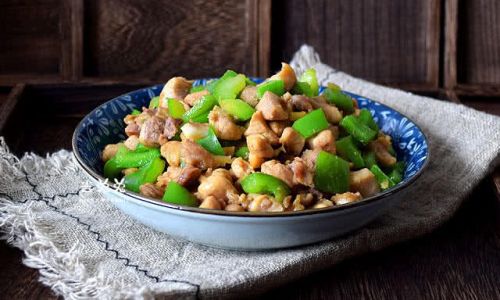
Cooking Technique: High Heat, Quick Hands
Stir-frying is all about controlling heat and timing. Follow these steps for perfection:
-
Heat the Wok or Skillet:
Place your wok or largest skillet over high heat. Let it preheat for 2–3 minutes until a drop of water sizzles and evaporates instantly. A properly heated pan ensures a good sear and prevents steaming. -
Stir-Fry the Chicken:
Add 1 tbsp oil to the pan. Swirl to coat, then add the chicken in a single layer. Let it cook undisturbed for 2 minutes to develop a golden crust. Stir-fry for another 3–4 minutes until cooked through. Remove and set aside. -
Cook the Aromatics and Vegetables:
Add the remaining oil. Toss in garlic and ginger, stirring constantly for 30 seconds until fragrant. Add onions and carrots, stir-frying for 2 minutes. Toss in bell peppers (and broccoli, if using) and cook for another 2 minutes. The vegetables should remain crisp-tender. -
Combine and Sauce:
Return the chicken to the pan. Pour the sauce over the mixture and stir vigorously to coat everything. The cornstarch will thicken the sauce as it bubbles. Cook for 1–2 minutes until the sauce clings to the ingredients. -
Finish and Serve:
Remove from heat immediately to prevent overcooking. Garnish with sesame seeds or green onions. Serve hot over steamed rice, noodles, or quinoa.
Tips for Success
-
Don’t Crowd the Pan:
Overcrowding lowers the pan’s temperature, leading to steaming instead of searing. Cook in batches if needed.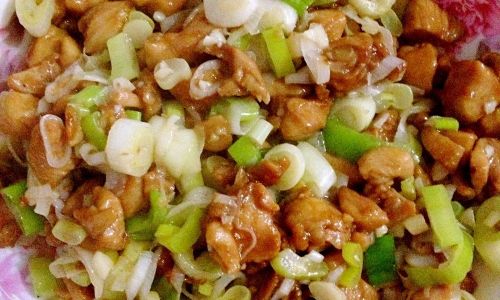
-
Use the Right Tools:
A wok’s sloped sides make stirring easy, but a large skillet works too. Avoid nonstick pans, which can’t handle high heat. -
Adjust the Sauce:
Taste and tweak the sauce before cooking. Add more honey for sweetness, soy sauce for saltiness, or rice vinegar for tang. -
Velveting Technique (Advanced):
For extra-tender chicken, marinate it in a mixture of egg white, cornstarch, and soy sauce. Blanch in boiling water briefly before stir-frying.
Common Mistakes to Avoid
- Overcooking the Chicken: Remove it from the pan as soon as it’s no longer pink. Residual heat will finish cooking it.
- Underseasoning: Taste the sauce before adding it to the pan. Stir-fries need bold flavors.
- Skipping Marination: Even 10 minutes makes a difference in tenderness.
Variations and Customizations
One of the joys of stir-fries is their flexibility. Here’s how to make this recipe your own:
- Protein Swap: Use beef, shrimp, or tofu instead of chicken. Adjust cooking times accordingly.
- Veggie Medley: Add snap peas, mushrooms, or baby corn.
- Spice It Up: Toss in sliced chili peppers or a dash of sriracha.
- Gluten-Free: Use tamari instead of soy sauce and ensure your oyster sauce is gluten-free.
Pairing Suggestions
Stir-fried chicken cubes shine when paired with:
- Steamed Jasmine Rice: Fluffy and aromatic, it soaks up the sauce beautifully.
- Fried Rice: Turn leftovers into a one-pan meal by adding cooked rice to the stir-fry.
- Noodles: Toss with udon or soba noodles for a heartier dish.
- Fresh Herbs: A handful of cilantro or basil adds brightness.
The Science Behind Stir-Frying
Stir-frying isn’t just fast cooking—it’s a culinary science. High heat (above 375°F/190°C) triggers the Maillard reaction, creating complex flavors and caramelization. The quick cooking also preserves water-soluble vitamins in vegetables, making stir-fries a nutritious choice.
The sauce’s cornstarch acts as a thickener through gelatinization, a process where starch molecules absorb liquid and swell, creating a glossy coating. This technique, known as “velveting” in Chinese cooking, ensures every bite is moist and flavorful.
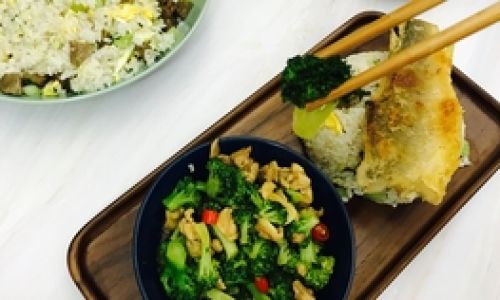
Troubleshooting Guide
- Soggy Vegetables: Reduce cooking time or pre-blanch crisp veggies like broccoli.
- Bland Flavor: Amp up the sauce with more garlic, ginger, or a splash of fish sauce.
- Greasy Dish: Use less oil or blot excess with paper towels after cooking.
Conclusion: A Dish for Every Occasion
Stir-fried chicken cubes are more than a meal—they’re a canvas for creativity. Whether you’re craving comfort food or a vibrant plate to impress guests, this recipe delivers. With practice, you’ll learn to balance flavors intuitively, adjusting seasonings and ingredients to suit your palate.
The beauty of stir-frying lies in its accessibility. You don’t need fancy equipment or hours of free time. Just a hot pan, fresh ingredients, and a willingness to experiment. So the next time you’re staring at a fridge full of odds and ends, remember: a delicious, restaurant-worthy dinner is just a stir away.
Fire up your wok, gather your ingredients, and embrace the art of stir-frying. Your taste buds—and your busy schedule—will thank you.


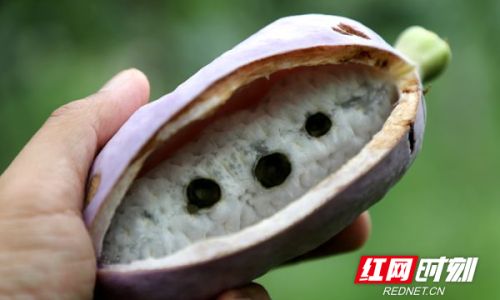


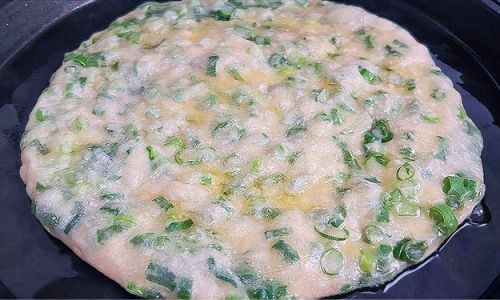
0 comments